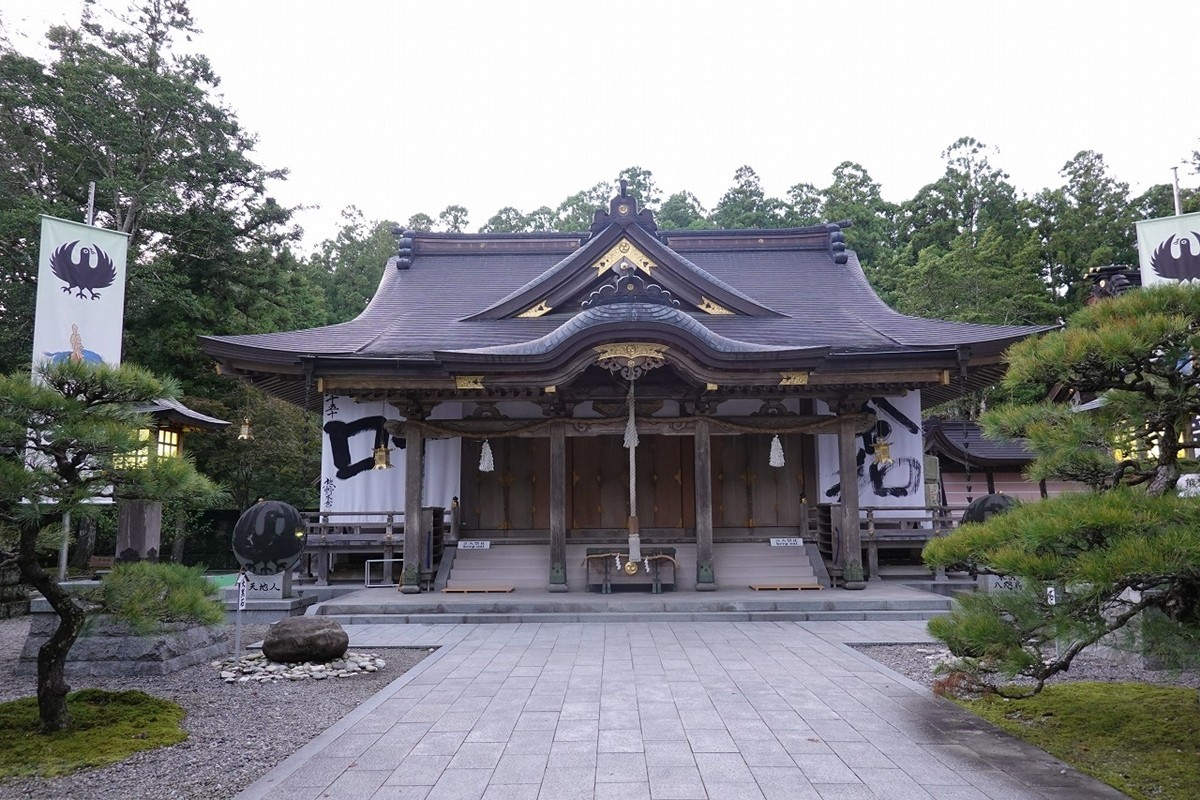
In Kumano, which refers to the area from the southern part of Wakayama Prefecture to the southern part of Mie Prefecture, there are three large shrines collectively called the “Kumano Sanzan”. The pilgrimage to the three Kumano Sanzan shrines is called the "Kumano Kodo". One of the shrines is called Kumano Hongu Taisha. This article will introduce what you need to know before visiting Kumano Hongu Taisha!
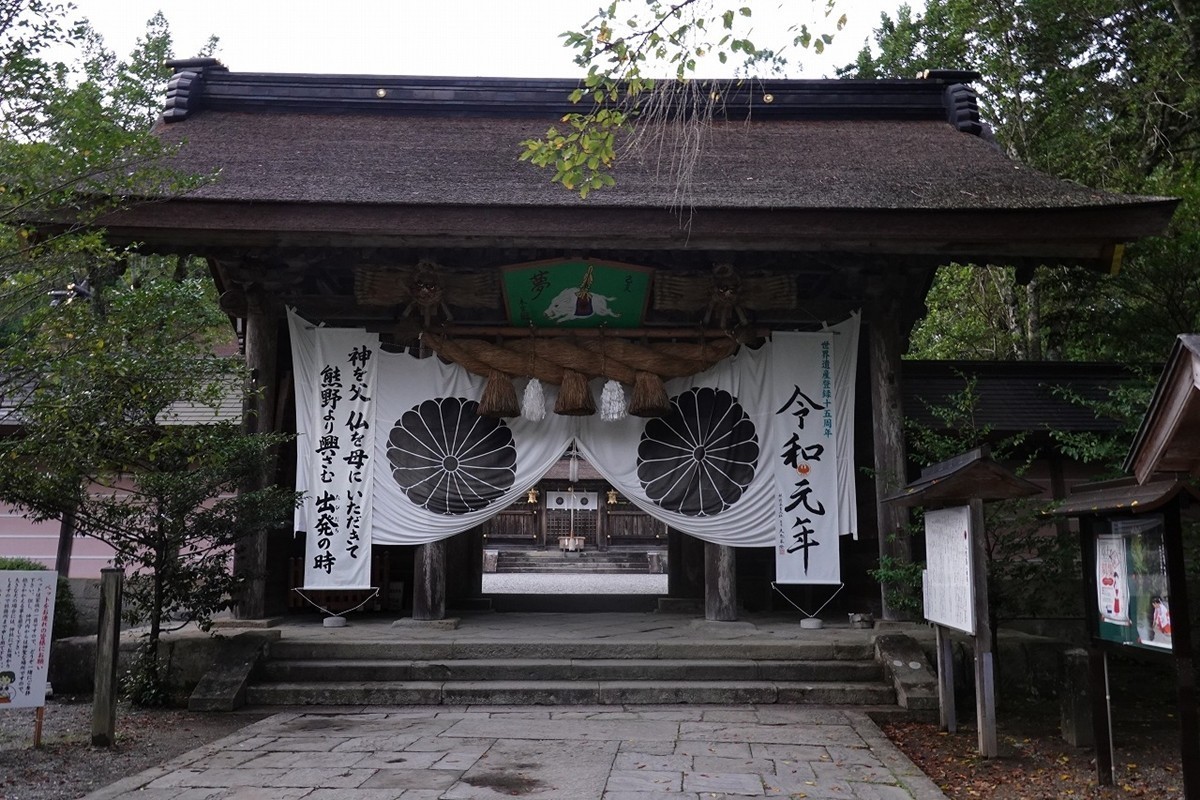
What to Know Before Going to Kumano Hongu Taisha!
1. Bow Once at the Torii Gate, Clean Your Hands and Mouth at the Temizuya!

The torii gate at the entrance to the shrine represents the boundary between the sanctuary where the gods live and the world where humans live, so give a bow before going through the torii. The center of the pathway is where the gods walk, so be sure to keep to the right side on the way up to the shrine, and go back down on the other side. Also, there is a "temizuya", or hand-washing station, along the path towards the Haraedo no Okami's hill on the left, so don't forget to rinse your hands and mouth thoroughly.
2. What is the 3-Legged Crow That You can Find Around the Shrine?
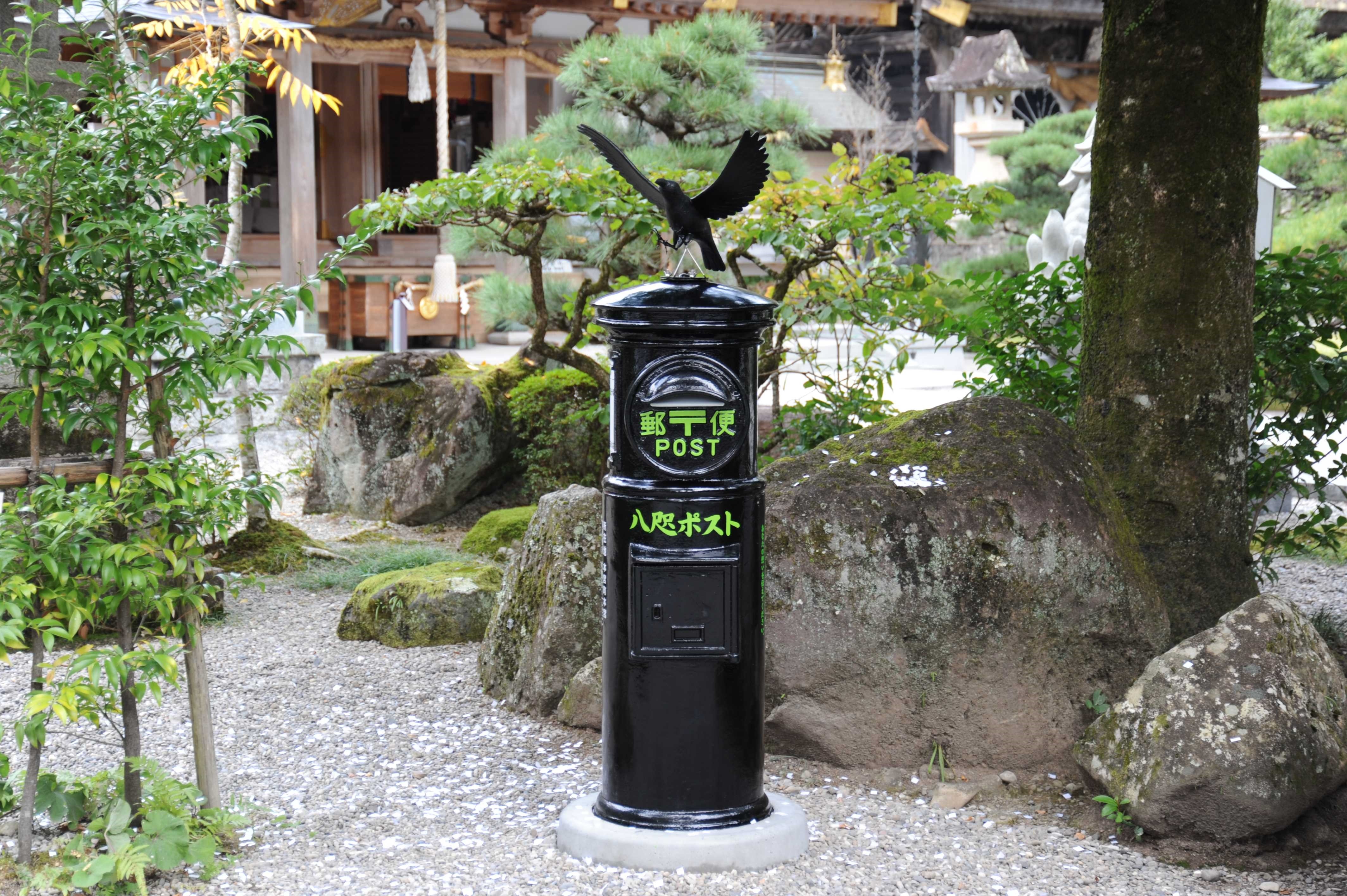
A three-legged crow motif can often be seen around the precincts of the shrine. This crow is also famous as a symbol of the Japan Football Association. Yatagarasu is a crow that appears in the story of “Jinmu Tosei” in the Nihonshoki and Kojiki anthologies. When Emperor Jimmu arrived in Kumano, there was an episode when the God's messenger, Yatagarasu, guided his way to Nara, so now it is worshiped as a “guide bird”. A black Yatagarasu post box is installed in front of the office building, and a Yatagarasu post box Ema wish tablet (500 yen) that can be mailed as a postcard is also sold there. Write a message to commemorate your visit and post it!
3. Check out the Various Kinds of Amulets!
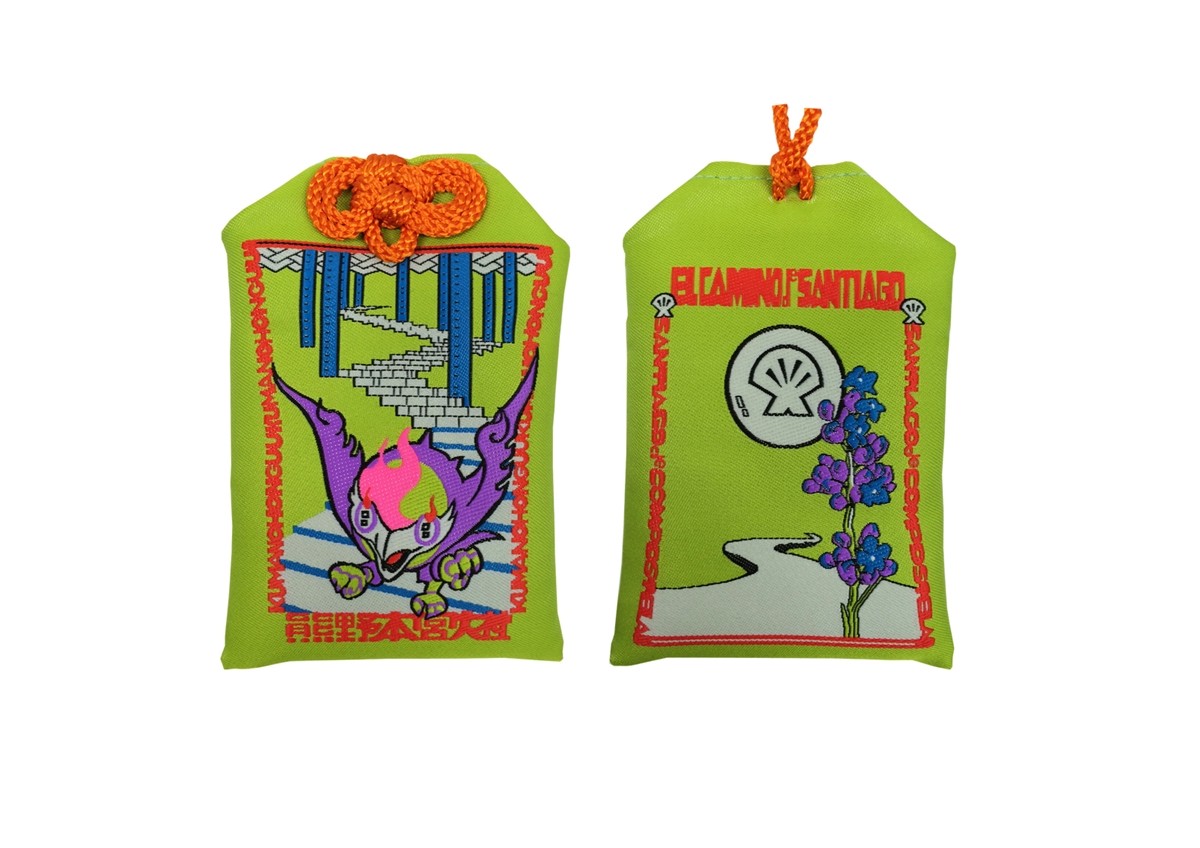
There are amulets with a Yatagarasu motif (large / small) for 500 yen, a Yatagarasu strap amulet for 500 yen, and a soccer-themed amulet for 1,000 yen. Also popular is the “Wa no Omamori” for 2000 yen, which was designed by the manga artist Hirohiko Araki, famous for “JoJo's Bizarre Adventure”. There is am image of Yatagarasu, the symbol of Kumano, and a roadside lavender plant on a spring green background to represent respect for nature and growth.
4. Don't Miss the Treasure Hall!
Don't miss the treasure hall within the precincts of the shrine. Precious treasures, designated as important cultural properties of the country and prefecture, are stored there, including a painting of Kumano Hongu Taisha named "Kumano Hongu Hyosho Massha Zue", which is said to have been produced during the middle and late Edo period, and shows the original location of the shrine in Oyunohara, before it was washed away by a flood. It is a definite must-see.
Access to Kumano Hongu Taisha
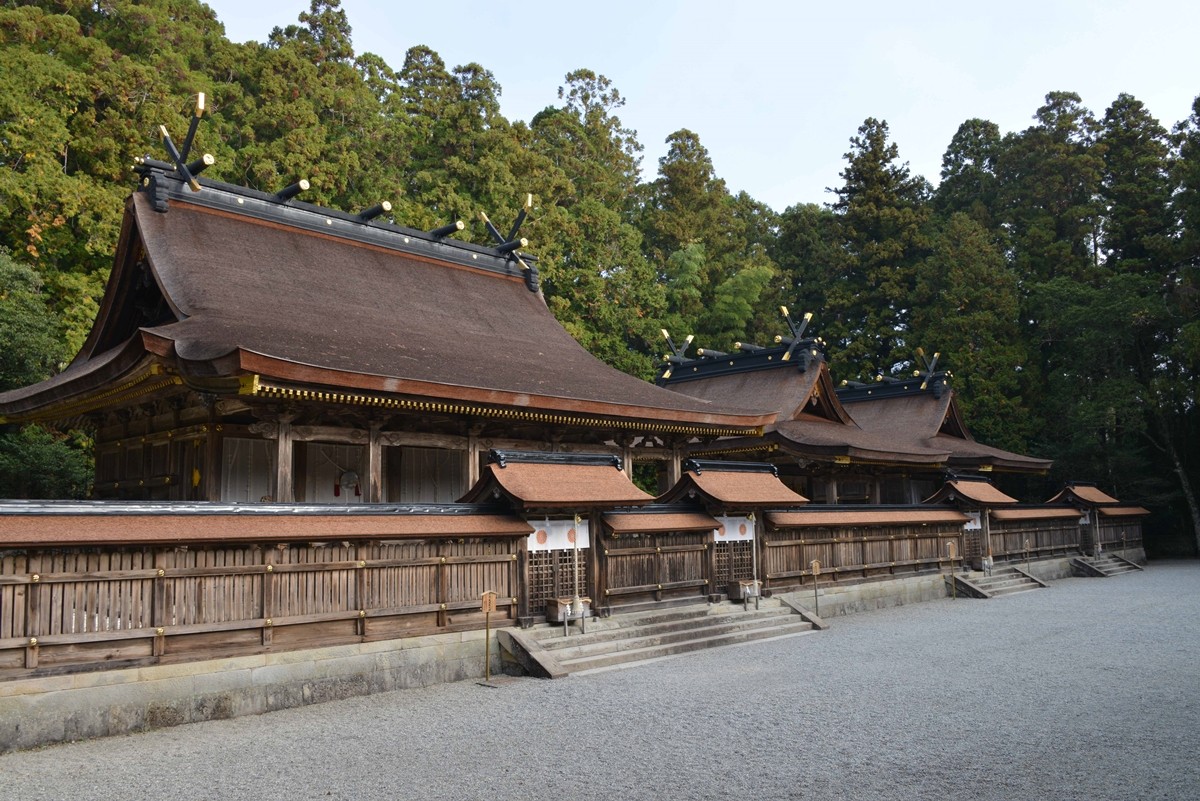
Getting to the shrine takes about 2 hours from JR Kii-Tanabe Station, by either the Meiko bus or Ryujin bus headed towards "Hongu Taisha", where you should get off at the"Hongu Taisha-mae" bus stop.
About Shrine
- Year of construction ... Unknown
- Enshrined Deity ... Susanoo no Mikoto
- Festivals: Yatagarasu Festival on January 7, New Tea Festival in early April, Togyo-sai on April 15
Spot Information
- Spot Name: Kumano Hongu Taisha
- Street Address: Hongu 100-1, Hongu-cho, Tanabe-shi, Wakayama Prefecture 647-1731
- Wi-Fi: Wakayama free Wi-Fi access point available
- Language: There are an official English website and English pamphlets (200 yen)
- Tickets: Treasure Hall entrance is 300 yen
- Holidays: Open year-round
- Admission time for worship: 6: 00-19: 00/ For buying amulets and stamps: 8: 00-17: 00/ For Treasure Hall: 9: 00-16: 00

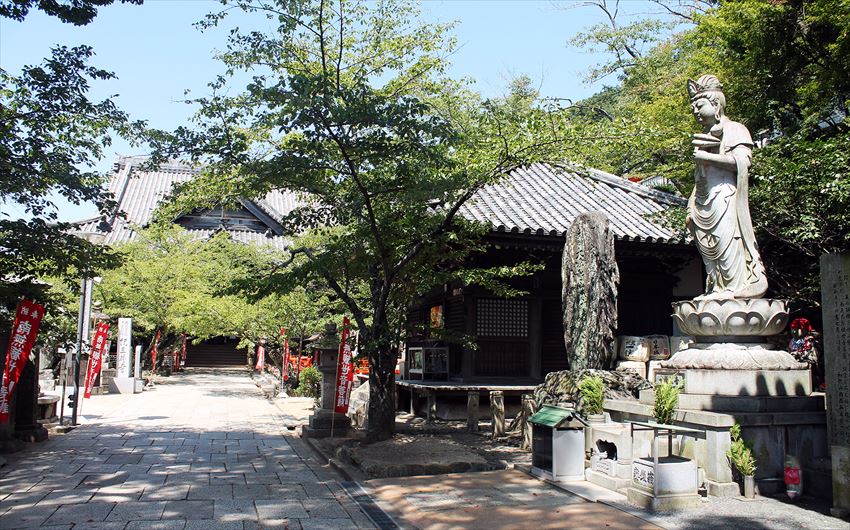
Comments